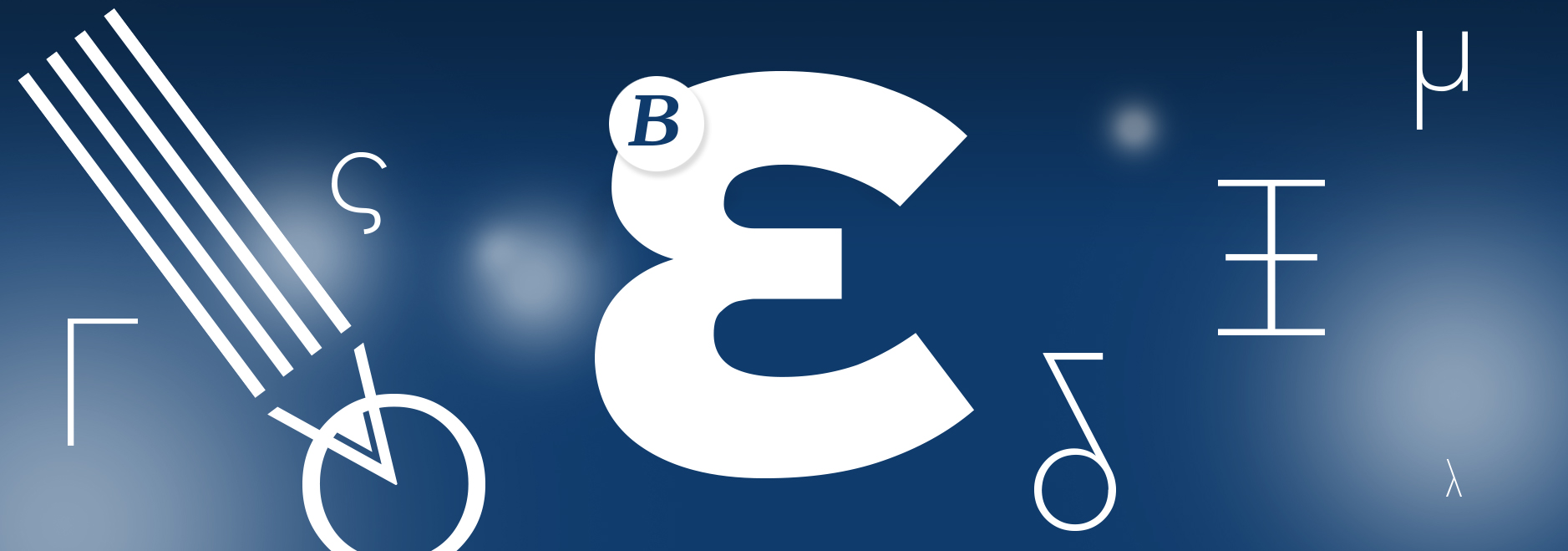It is important to stress that this online program cannot replace the lessons of Greek in a classroom environment, which the learner has undoubtedly attended at some point in his learning path before being involved in this type of online education. The program refers exclusively to the Writing Skill, since all teaching units lead the learner, as noted, to produce more efficient and complete texts according to his language level. In this sense, the "Writing in Greek from A to C through B" is addressed to:
• Learners of Greek as a Second or Foreign Language who attend language courses in parallel or preceding the time of enrollment in the program and based on the ranking test or on their personal preference choose one of the three course cycles
• Expatriates who at some point have attended a Greek language school, have been taught Greek in a classroom environment and are keen to improve their skill of producing written speech.








